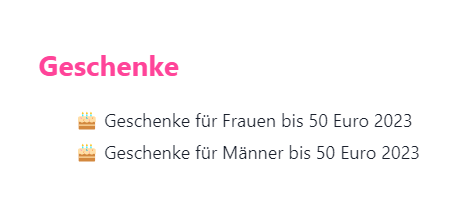Successful with Content Hubs 🧮 Guide for WordPress 2024
Google loves the content hub or content cluster. Only when you have published a certain number of posts on a topic, the search engine can recognize you as a knowledge carrier. This is exactly what we can achieve most easily through a cluster or hub.
I’ll show you how to display all posts in the current category in WordPress. The shortcode can be inserted in the sidebar, in widgets, in posts and pages and practically everywhere. There you go, your cluster is ready.
A hub in SEO and content marketing refers to a group of content that is closely related and revolves around a central main topic. This main topic is usually represented by what’s called “pillar content.”
What is a content hub?

These terms all refer to the same basic concept of grouping content by topic to improve search engine visibility and understanding:
- Content Hub: the general term for grouping related content around a main topic.
- Topic cluster: A term that focuses on thematic linking and structuring of content.
- Pillar content: refers to the main central theme around which the related content (the cluster) revolves.
Here’s a simple example: imagine you have a website about fitness. A main central topic could be “strength training.” Then, around this main topic could revolve various subtopics, such as “Strength Training Basics”, “Best Upper Body Exercises”, “Strength Training for Beginners” and so on.
The Pillar content for the “Strength Training” topic could be a comprehensive guide that covers everything about strength training. The related subtopics, created as separate content or articles, form the cluster around this Pillar content.
The advantage of such content clusters is that they provide a structured and organized way to present content. They also help search engines like Google understand the context and relationship between the different pieces of content. This can improve website visibility and ranking.
To get the most out of a hub, make sure that:
- All content is of high quality.
- The content is well linked together, especially to the pillar content.
- Topics are relevant and valuable to the target audience.
In summary, content clusters provide an effective strategy for presenting content in a thematically organized format that is optimized for search engines. They can help build authority in a specific area and increase visibility in search results.
How to create a content hub
Successfully building a content hub in WordPress starts with finding a topic. You should carefully choose a main topic that is relevant to your target audience and fits your domain. Your main topic or pillar content should be broad and comprehensive enough to include various subtopics or articles.
- Once you’ve determined your main topic, start creating and collecting quality content that fits thematically with your pillar content. This content will form your content clusters and should be linked to each other and to the main article. You can use different formats, like blog posts, e-books, infographics, podcasts or videos, as long as they all revolve around the same core topic.
- Now we come to the technical part of setting up your content hub in WordPress. Create a clear and user-friendly landing page for your hub. This can be a category page, a custom blog page, or a separate page in WordPress. This page should have all your content listed, organized and easy to navigate.
- The layout and presentation of your content on the landing page is crucial. A clear outline and easy navigation will boost user engagement and also improve onpage SEO. For example, you can create a table or index that gives users an overview of all available content.
Link all the content in the cluster to each other. For this, you can use the shortcode:
[categoryposts]You can find the code below.
Remember to regularly add new content and update old ones to increase the value of your hub and improve SEO performance. Always remember: a content hub is not a one-and-done project, but requires ongoing maintenance and updates.
And finally, but very importantly: measure and analyze. Use data to measure the success of your content hub and identify areas for improvement.
Snippet – posts in the current category
Attention: Be sure to make a backup first! The smallest of errors can break your website.
This simple code snippet creates a shortcode that outputs all posts in the post’s current main category as a list. Linked, of course.
The easiest way is to add the shortcode to the sidebar, then you don’t have to worry about it.
Alternatively, you can add the post list at the end of a post. You have no restrictions here.
For clustering, I generally recommend assigning only one category per post. Otherwise, the topics become too blurred. That’s why I only read out the first category in the snippet.
The image shows how I automatically link internally on my birthday portal. This is how the hubs form as the content grows.
The code
<?php
function bp_categoryposts() {
// Get first category
$categories = get_the_category();
if ( ! empty( $categories ) ) {
$category = $categories[0]->name;
}
// The query
$the_query = new WP_Query( array(
'category_name' => $category,
'posts_per_page' => 100
) );
// A little Style
$list = '';
$list .= '<style>';
$list .= 'ul.categoryposts {list-style-type:none;}';
$list .= 'ul.categoryposts li::before {';
$list .= ' content:"🎂 ";';
$list .= '}';
$list .= '</style>';
// The Loop
if ( $the_query->have_posts() ) {
$list .= '<span class="h2 wp-block-heading">'.$category.'</span>';
$list .= '<ul class="categoryposts">';
while ( $the_query->have_posts() ) {
$the_query->the_post();
$list .= '<li><a href="' . get_the_permalink() .'" rel="bookmark">' . get_the_title() .'</a> </li>';
}
}
$list .= '</ul>';
return $list;
/* Restore original Post Data */
wp_reset_postdata();
}
// Add a shortcode
add_shortcode('categoryposts', 'bp_categoryposts');The code snippet briefly explained:
First, I query for the category of the current post using the get_the_category() function. Then comes the query for all posts in the category. With the value of “posts_per_page” you can limit the number of posts. I just have this at 100 because I want to output all of them.
You can also put the following CSS code into your style.css.
Alternative downloads of the code:
Use a snippet plugin
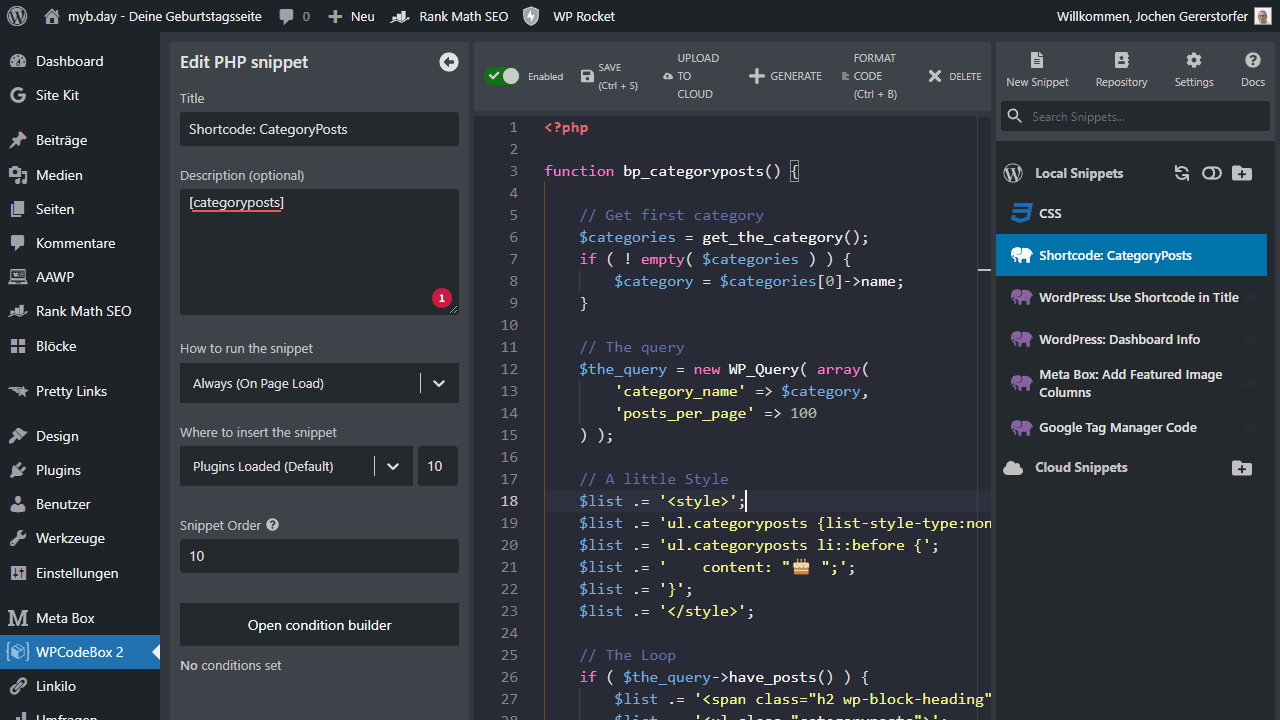
The easiest way to insert and activate small snippets is to use a code snippet plugin. You can use either Code Snippets or WPCodeBox.
Add to functions.php

If you’ve been using WordPress for a while, you might prefer to manage your snippets in the functions.php file of your child theme.
You can do this directly in WordPress under Design > Theme File Editor > functions.php, or via FTP and with the text editor of your choice.
This is why you should always build a content hub
A content hub isn’t just a collection of content; it’s a central place where your audience can find reliable, relevant, and high-quality information.
Building a content hub helps you become an authority in your field and gain the trust of your readers. By bundling your content in one central location, you make it easier for your audience to dive deeper into topics and learn more. It also optimizes the user experience, as visitors don’t have to search for multiple sources.
Finally, a content hub also encourages interaction and engagement with the community by allowing feedback, questions, and discussion. In a digital world where information overload is often overwhelming, a content hub provides clarity, structure and value – exactly what users are looking for today.
Advantages of content hubs
If you’re still on the fence, let’s take a look at the clear benefits of content hubs.
- Credibility: by regularly publishing high-quality content in one central location, you strengthen your position as a trusted source or authority in your field.
- Visibility: A central hub full of quality content increases the chances of viral distribution and better search engine rankings. A must for your reach.
- Interaction: Instead of just focusing on raw numbers, content hubs put the focus on the user – encouraging interaction and sharing with your audience.
- Control: While external platforms can change their policies and designs, in your content hub you retain full control over the user experience.
- Lead generation: A good content hub attracts prospects. Use the opportunity to ask for their contact information and ultimately convert them into customers.
- Insights: your hub is a place of exchange. The interactions and data collected there offer you valuable insights into what content and messages are really resonating.
Ultimately, it’s all about trust. People prefer to interact and buy from other people than from impersonal companies. It’s essential to provide valuable content first and then encourage interaction with your community.
Successful content hub examples
Learn from the greats!
The following examples will show you how such a cluster is built by highly successful players.
Here are five successful content hubs that are considered groundbreaking and informative in the industry:
1. HubSpot
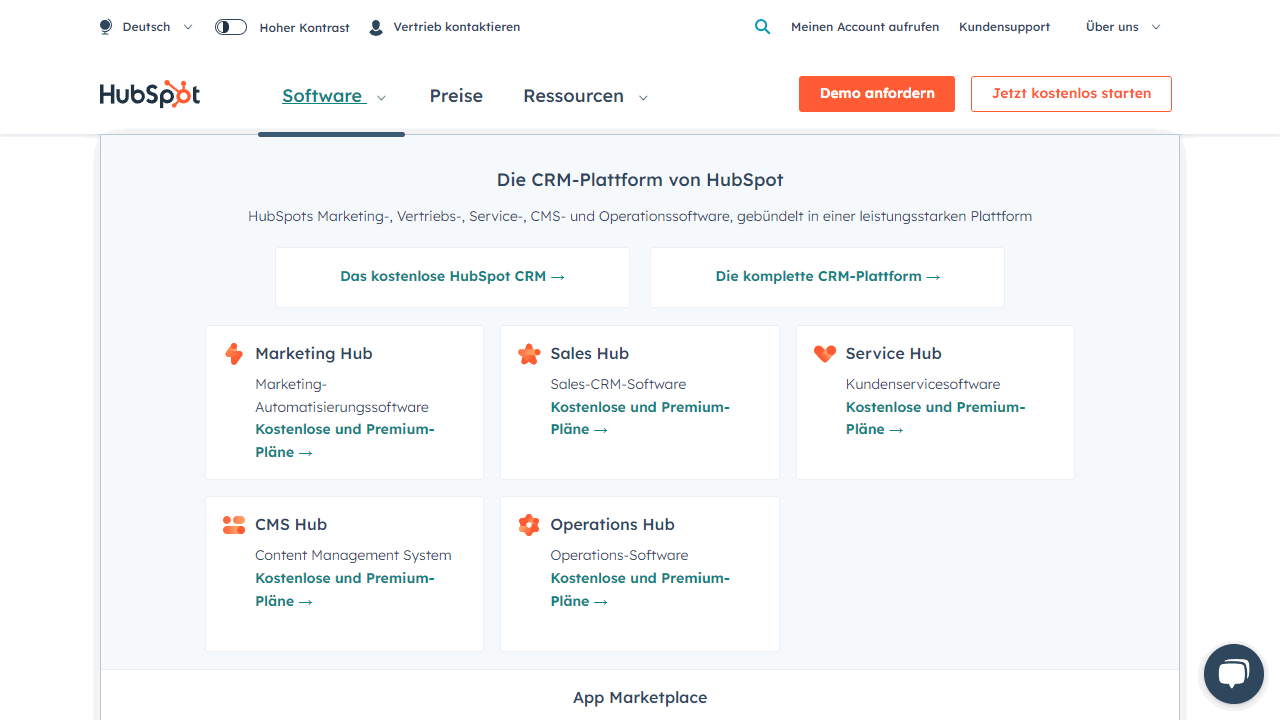
Hubspot calls a spade a spade. “Marketing Hub” or “Sales Hub.” A leader in inbound marketing and sales. Their blog is an exemplary content hub that is regularly populated with articles, studies and resources on various aspects of digital marketing, sales and customer service.
You can always learn something at Bubspot.
2. Moz
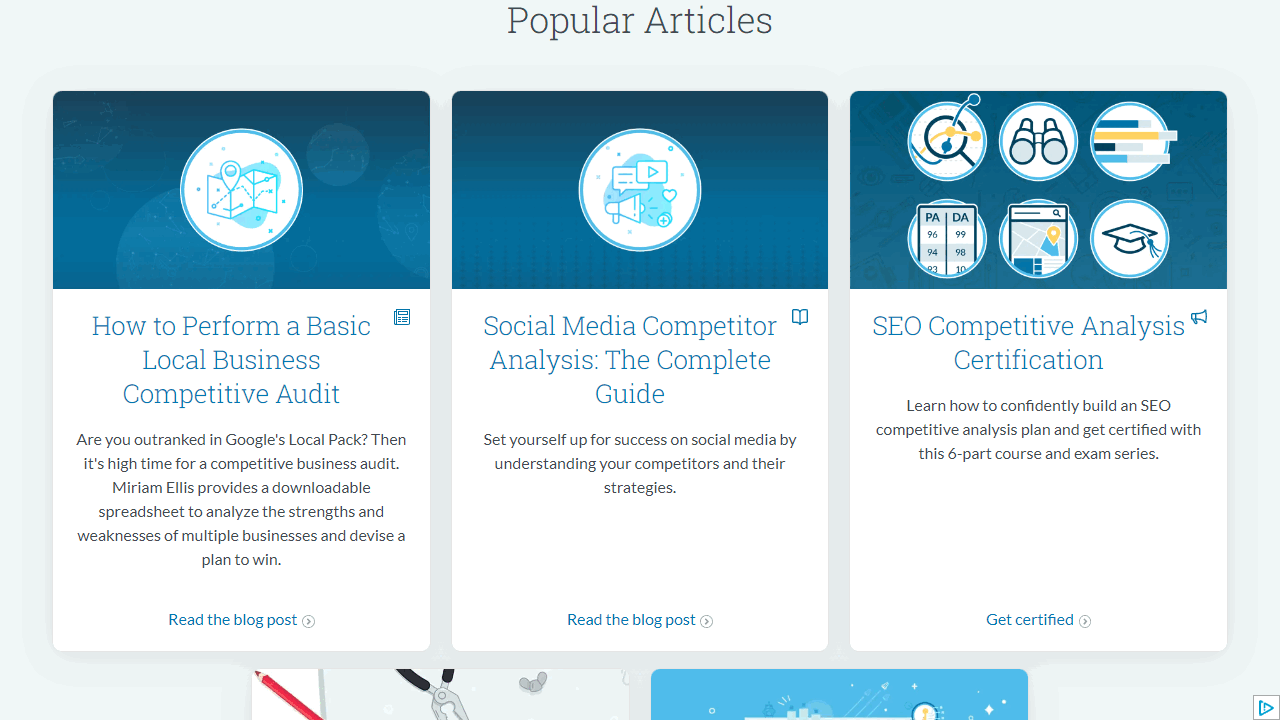
Moz specializes in SEO and offers deep insights into search engine optimization through its blog, “The Moz Blog,” and “Whiteboard Friday” videos. Their content hub is a reliable resource for anyone looking to understand the latest SEO trends and techniques.
3. Think with Google
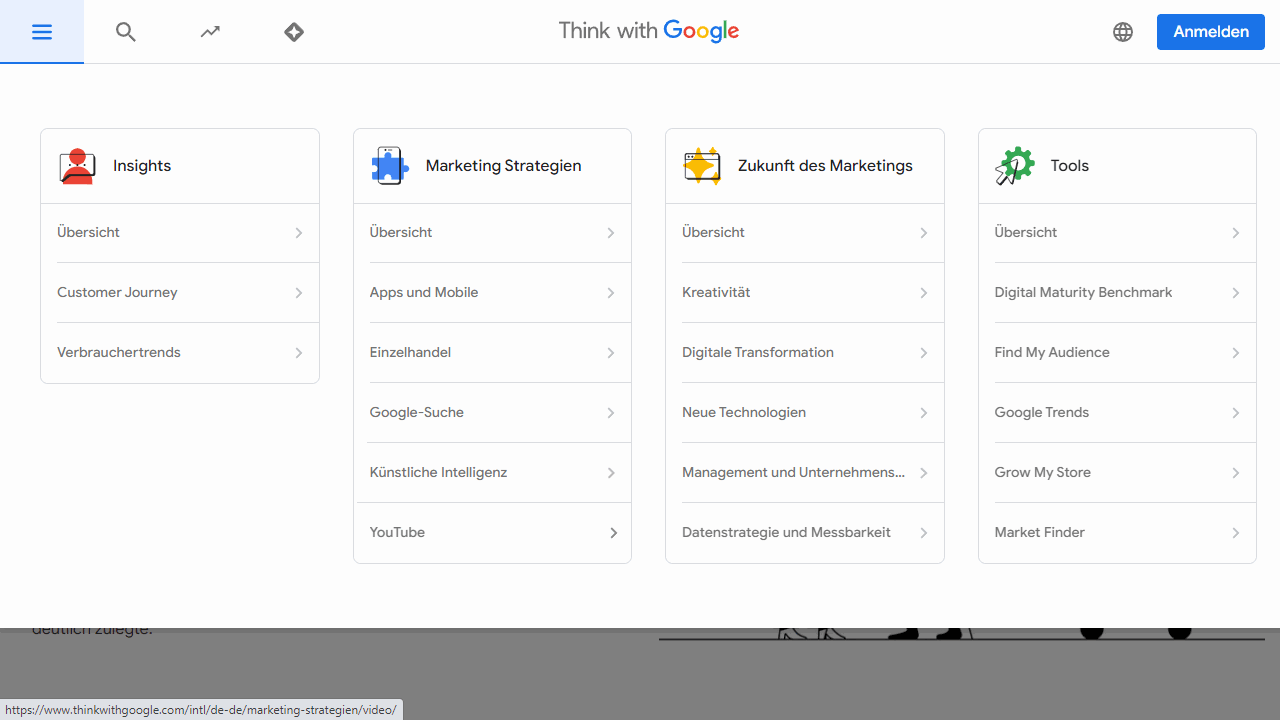
Of course, the search engine giant also runs a Content Hub where you can discover exciting statistics. By sharing data that Google collects anyway, the company solidifies its reputation. It’s exactly what I like about content marketing: You have a chance to take your existing knowledge or information, dress it up a bit, and use it for marketing purposes.
4. Kissmetrics
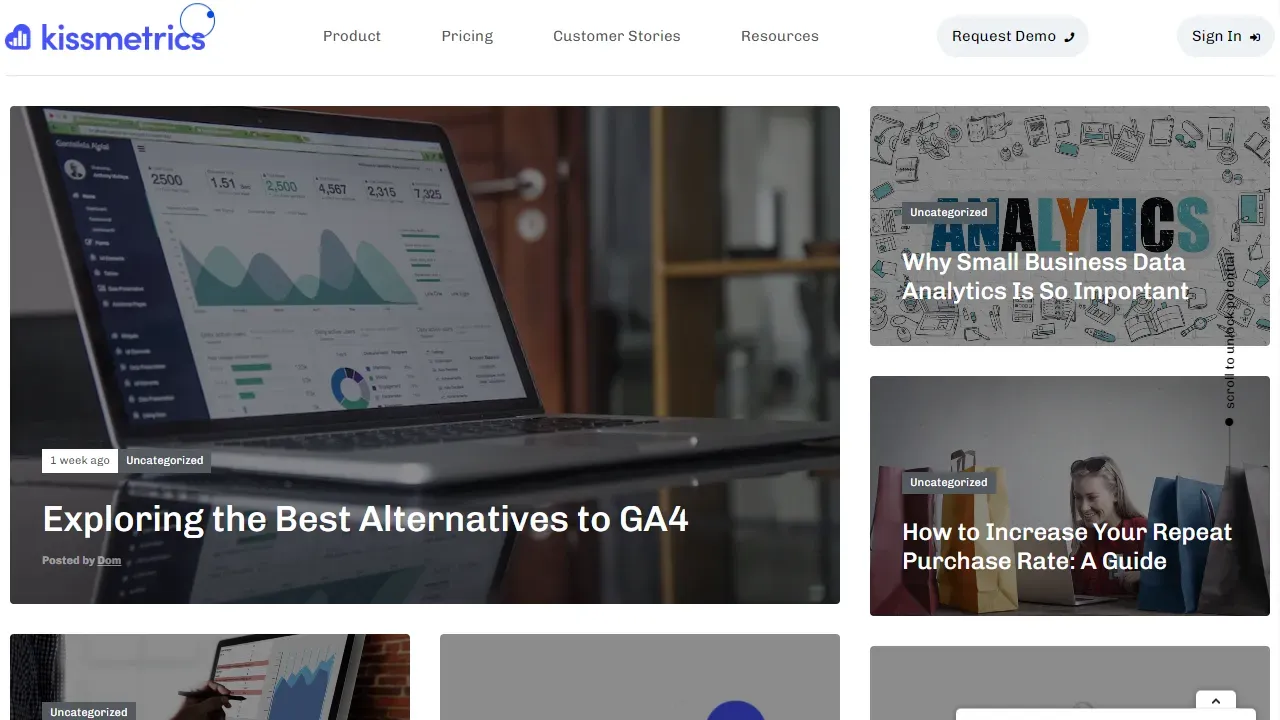
A company that specializes in analytics and conversion optimization. Their blog covers topics related to analytics, marketing and testing and has established itself as a reliable source of information for marketers.
5. Buffer

Known for its social media management tools, Buffer also offers an impressive content hub. The Buffer blog covers a wide range of topics, from social media strategies to corporate culture, while consistently delivering valuable insights.
I remember back in the day when Buffer released the first good social media poster. Unfortunately, they then jacked up the prices pretty quickly.
Each of these content hubs has made a name for themselves through consistent quality, relevance and sharing with their community. They serve as role models for businesses and marketers looking to develop and refine their own content strategies.
Conclusion
Google recognizes and loves content hubs, also known as content clusters. They are fundamental factors for ranking. Here you got a comprehensive guide to categorize posts in WordPress and display them as clusters. It is worth highlighting that a well content hub builds credibility and increases the search engine friendliness of the website.
We were also able to look at the benefits of implementing content hubs in the marketing strategies of world-renowned companies. From HubSpot to Buffer, these companies demonstrate how content hubs can drive user interaction and help increase search engine visibility.
Content clusters, then, are not short-term online marketing trends. They form an effective way to present content that is useful and understandable to both consumers and search engines. In my opinion, anyone who wants to succeed in today’s digital marketing environment should look into building content hubs on their website.
Don’t forget to keep quality in mind when creating your content hub. Make sure the topics are relevant and valuable to your audience. After all, it’s ultimately your readers who will be evaluating and interacting with your content. So make your hub a place of value that they’ll want to visit again and again!
So, now you’re armed for your next content project. Use the strategies and techniques you’ve learned here to create your own successful content hub!

